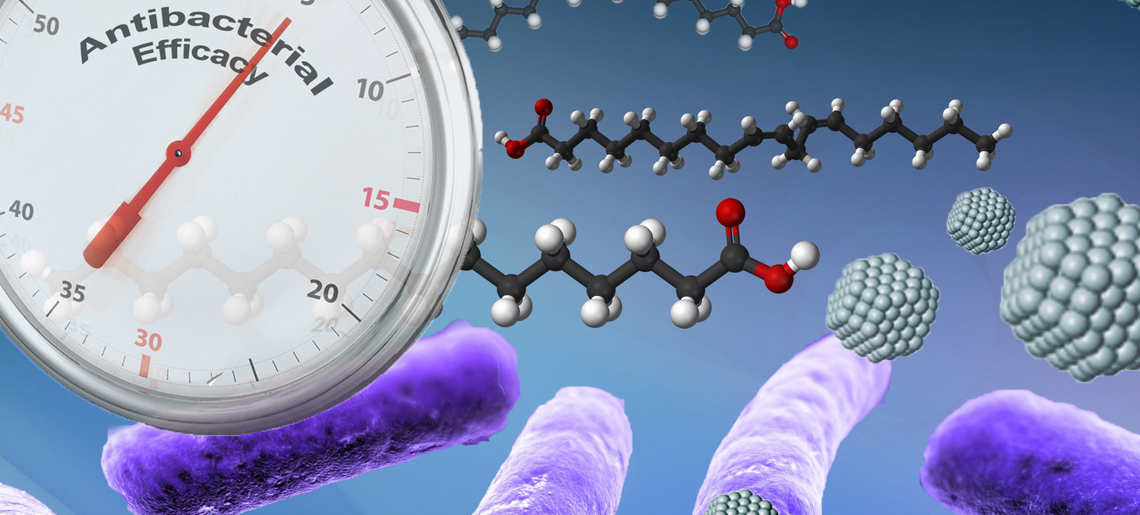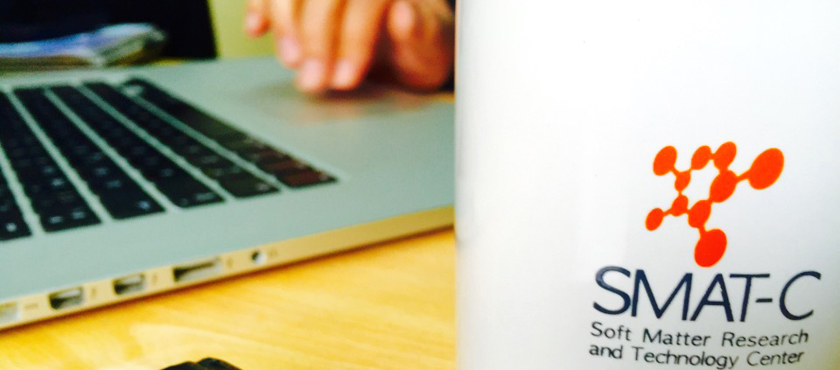 Viernes 25 de Agosto, 2017
Viernes 25 de Agosto, 2017
Dr. Manuel Ignacio Azócar
Facultad de Quimica y Biología, Laboratorio de Química Bioinorganica y Nanomateriales. Universidad de Santiago de Chile.
Since ancient times, silver ions have been known to be effective against a broad range of microorganisms, but in the last decade, this metal has been greatly studied as nanosized metallic particles because of their antimicrobial capability against a wide range of bacteria, viruses, and fungi. For the same reason, it is the most extensively studied nanomaterial with applications in medicine.
From this perspective, silver nanoparticles have also found diverse applications in wound dressings, coatings for medical devices, creams, impregnated textile fabrics, food storage containers, cosmetics, refrigerator surfaces, etc.
Besides applications, the antimicrobial activity is associated with high effectiveness, low toxicity and virtually no resistance of microorganisms to the presence of this metal.
The appearance of new bacterial strains resistant to antibiotics is a serious health problem, so there is a strong incentive to develop new bactericides. This makes current research in bactericidal silver nanomaterial particularly invaluable.
Most studies have determined that the antimicrobial activity of silver nanoparticles is governed by their size, shape, and capping agent, and by pH, ionic strength, and the presence of salts and organic molecules. But recent efforts have focused on their impact on human health and the environment due to their explosive use and current applications as a universal biocide.

